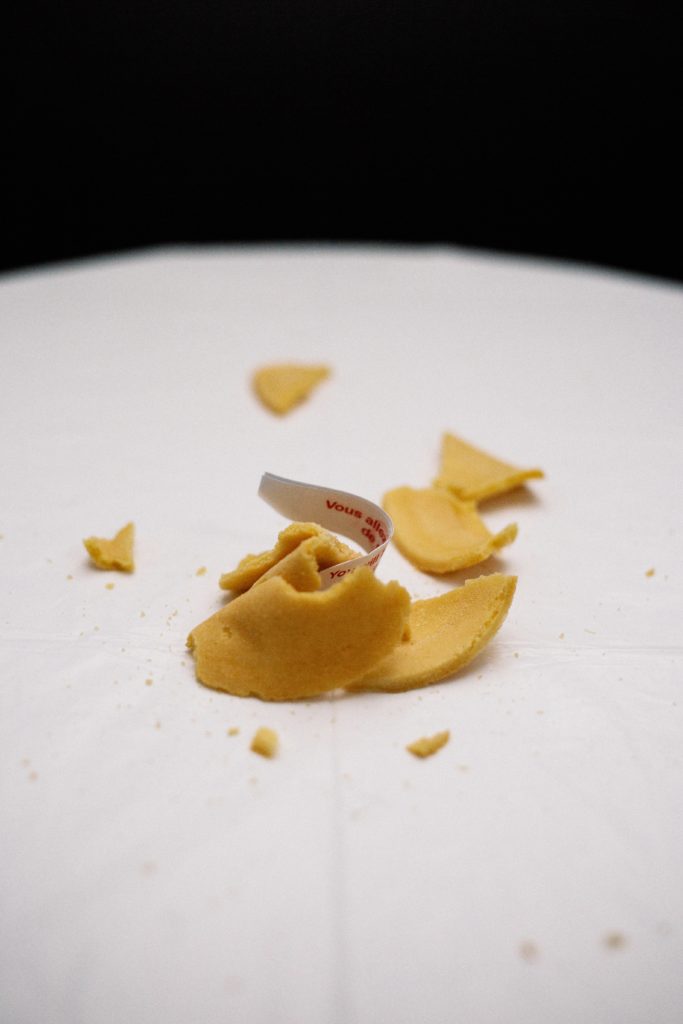All fields are required
Posted in Food Insecurity on September 7, 2018

No one enjoys the prospect of having to throw food away, even though it may seem like a necessity. Aside from the essential action of disposing of food that has been recalled, tossing food into the garbage may make us cringe a bit, knowing that perhaps we could have put it to better use. We think about so many people in the world who are hungry and suffer from food insecurity, and ask ourselves: what could we be doing better or instead?
Our American populace throws away an enormous amount of food. According to the Natural Resources Defense Council (NRDC), we throw away more than 400 pounds of food every year per household. In 2014, more than 28 million tons of food waste was generated nationwide. That’s a staggering statistic. With the summer months, it’s certainly possible to see how food waste is manifested because well, it just spoils faster. Think about the fresh peaches you purchased at the grocery store, thinking that you were going to bake all those delicious peach pies, but, you just didn’t get around to it. Or you were at a barbeque and, given the fact that our eyes are almost always bigger than our stomachs, you tossed about half of your un-eaten plate straight into the trash.
Why We Waste So Much Food
According to the NRDC, food products account for 21% of what is found in a landfill. Of all the food we discard, animal products compose the greatest amount. About a third of animal products go straight to the landfill, and broken down, it looks like this: 11.5% is meat, poultry, and fish, 19% is dairy products, and 2% is eggs.
Another reason that we as American consumers waste so much food is due to our collective obsession with the appearance of our food products, especially when it comes to fresh produce. Over the years, as a population we’ve become accustomed to “pretty” produce, meaning the apples and oranges and even the avocadoes look like they could be in a commercial. This is why fruit is often coasted with wax or shined before placed out for purchase – to make it appear more appetizing. Obviously, the great share of the produce market is captured by what can be termed as attractive-looking products, however, what doesn’t capture that share is usually donated to food banks or chopped up and used in a grocery store’s prepared meals or salad bar. Sadly, the majority of excess or “unattractive” produce is neither donated nor recycled: it is trashed. A San Francisco-based company called imperfectproduce.com is attempting to change that by direct selling less-than-perfect produce to individual consumers. They currently distribute to San Francisco, Los Angeles, Seattle, and Chicago.
The Cost of Food Waste
The economic and environmental impact of food waste is inextricably linked. The NRDC estimates that 40% of all food (approximately $165 billion worth) is discarded. This is in the United States alone. Add to this the considerable cost of water, fertilizer, and land that is used to produce food that is never eaten.
Fuel is burned for processing, refrigeration, and transportation. Greenhouse gases are emitted in the amount of 3.3 billion tons, and food waste that is left to decay emits methane, also a greenhouse gas. This rotting food is responsible for 25% of methane emissions. The amount of climate change pollution that is generated by discarded food is equal to the CO2 emissions of 37 million cars.
Some Facts About Food Waste
How You Can Reduce Food Waste in the Home
By: Kerry Bazany, Contributing Writer (Non-Lawyer)